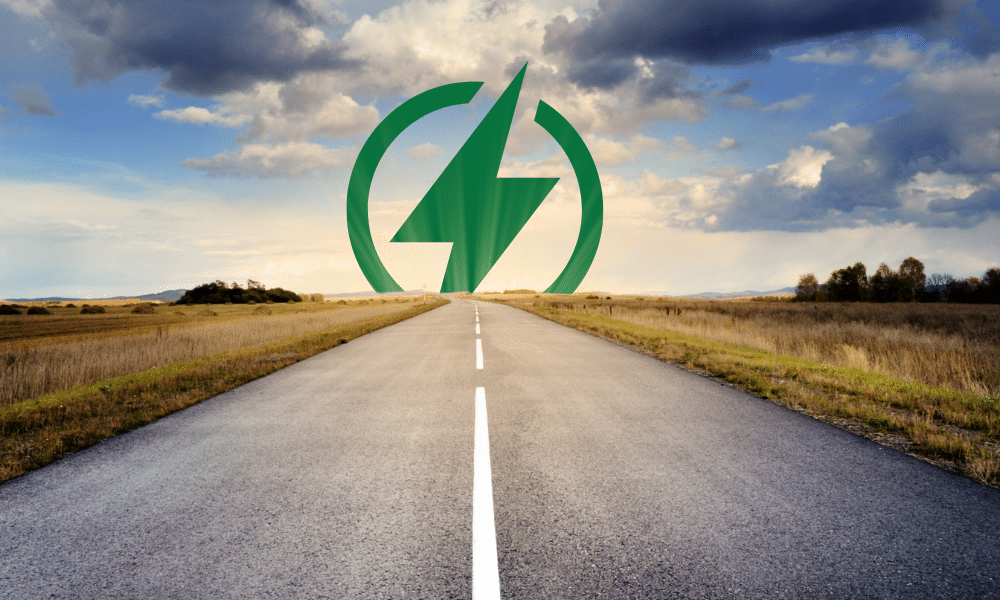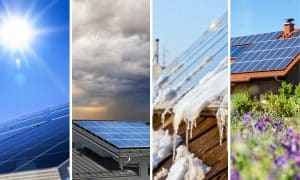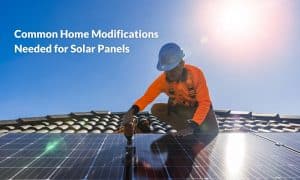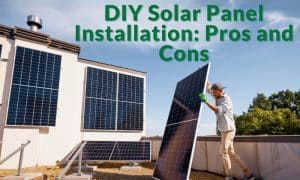Australia has come a long way from the backfiring of the Datsun 180Bs at 3 o’clock in the morning, the neighbourhood kids playing under the sprinklers on a blistering summer’s day, and the casual littering by passing cars on the side of the road. For better or worse, our attitude toward the environment has shifted. Many choices were made for us, with the stark shift in the automotive industry towards efficiency and sustainability. Some were a result of water restrictions from periods of drought. And others were the inevitable, and very welcome, cultural and societal changes in our understanding of self-responsibility.
All roads have led to the very real and practical opportunity to become energy-independent. Where we were once shackled to the fluctuating energy markets, we now have the option to move away (partially or completely) from the grid.
Reflecting on Australia’s journey and changing attitudes towards the environment, the practical opportunity for energy independence emerges. As you consider this shift, Energy Matters offers a seamless path forward. Get FREE solar quotes now, transforming the notion of becoming energy-independent into a tangible and tailored reality for your home or business.
Stepping away from the electrical grid
It was once thought only possible with a very healthy bank account to finance the endeavour. Now, energy independence is a real prospect for everyday Australians. According to the Australia Renewable Energy Agency (ARENA), over 30% of Australian homes have rooftop solar installed. As of 2023, 3,523,739 homes have solar, which is over a doubling of 2013’s figure of 1,187,783. This is a testament to not only the societal shift towards cleaner energy but also the fantastic credibility and reputation of solar.
Moving away from the grid has never been easier or more viable. But it is a multi-step approach.
What do I need to do to achieve energy independence?
Energy independence is usually defined by 100% off-grid self-powering. While this is something we should all be striving for, we can begin to rely less on the grid.
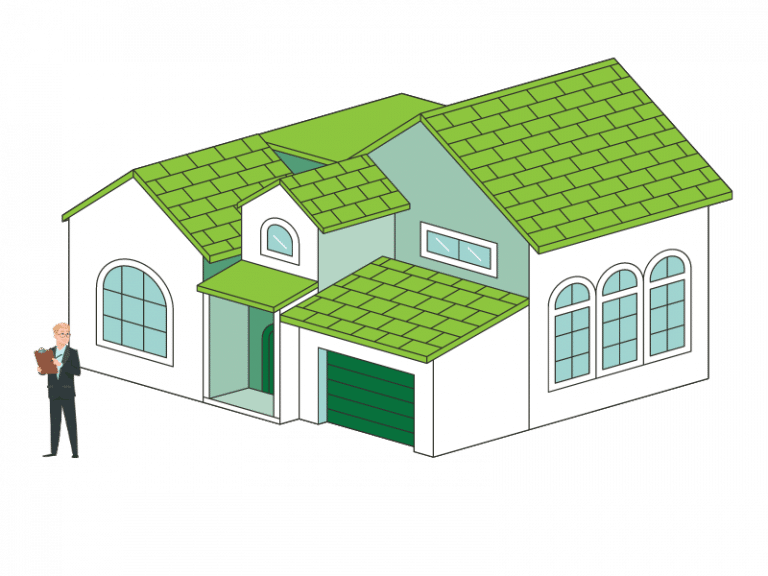
Energy independence begins with getting quotes for solar.
Energy Matters has teamed up with local installers to bring you FREE quotes.
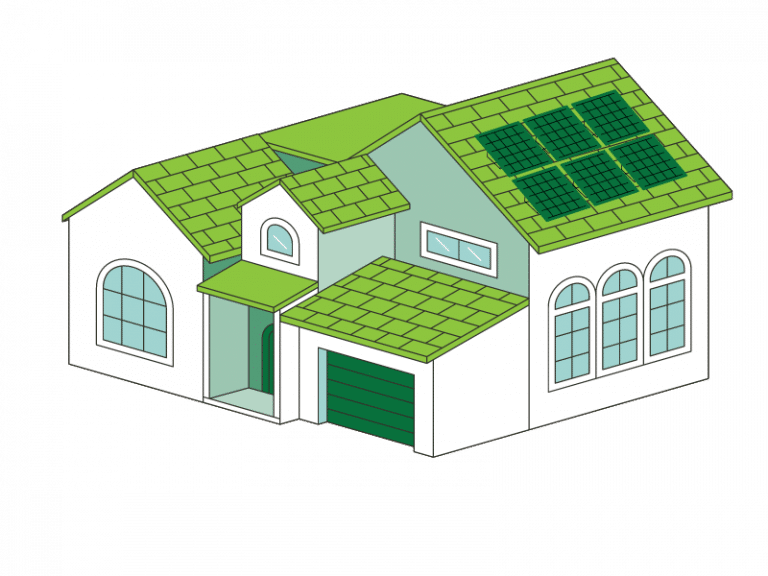
Solar PV systems provide your home with free electricity to use, export, or store for use at night. To store electricity, you will need a solar battery.
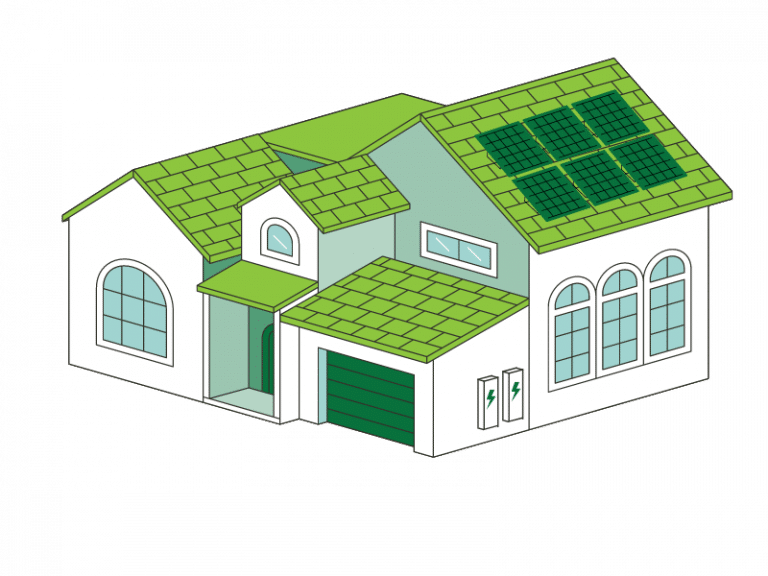
Battery storage allows you to capture all unused electricity generated by your solar system and use it at night and during blackouts.
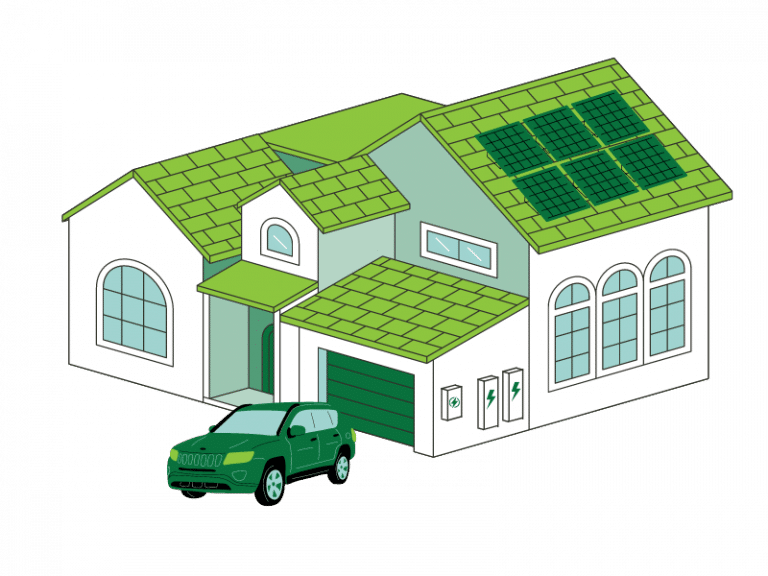
Electric Vehicles drastically reduce your reliance on fossil fuels and make further use of your solar system and battery storage.
1. Get solar quotes
This one seems obvious, but it is the starting point! We always recommend shopping around for the best retailer. Yes, the best retailer – not so much the very best deal. Your system will be a long-term investment, and you will want it to last for as long as, if not beyond, the warranty term. Professional installation, customer service, and aftercare are of paramount importance. A cheap system may seem appealing, but you need to consider the people installing it and whether they will be around for any repairs or warranty claims. Energy Matters has a free solar quote service that provides you with up to 3 free quotes from trusted local installers.
2. Install a solar system
Once you have settled on a quote, it is time to install your solar system. You may think this is it, but the other piece of the puzzle is to ensure that you will get the maximum return while you are connected to the grid. The feed-in tariff you receive will be dependent on where you live in Australia as well as the electricity retailer you are with. We highly recommend shopping around for a new energy plan every 6 months. Energy Matters has a free energy comparator that will allow you to compare your current gas and electricity bills with new plans available.
3. Add solar battery storage
Often overlooked due to the price, battery storage is a key component to energy independence. Solar cannot work at night, so you will need a way to power your home once the sun sets. Battery storage will capture all the unused electricity generated by your solar panels. While battery storage has been historically expensive, and well out of reach for the average Aussie, this is quickly changing. The influx of new brands and technology has created competition, thus bringing down the price of battery storage. More financing opportunities have also popped up in recent years. Green loans, interest-free financing, PPAs, and state-specific loans have all opened doors of opportunity to own battery storage.
4. Purchasing an electric vehicle
Many Aussies are spending $100 or more on petrol each and every week. Imagine dropping that figure down to around $20! In fact, with solar and battery storage, that $20 could be even less. EVs have been an incredible leap forward in Australia’s path to electrification. In South Australia, bidirectional charging is also an option. This allows for the EV battery to serve as a home battery when needed. Bidirectional charging will be slowly rolled out across Australia, and many EVs will have bidirectional charging as an option.
Additional steps
Most Australian homes use a mix of gas and electricity to run. Gas hot water heaters, gas ovens, gas cooktops, and gas heating are all appliances that can be swapped out for electric alternatives. You can read more about the electrification of your home here.
Why is a move away from the grid necessary?
Environmental reasons aside, it all really comes down to money. Unless you’re still living in lockdown, you will have no doubt seen the impact of international and national shifts on our energy market. The flow-on effect has impacted everything from food to entertainment. When looking at your monthly expenses, utilities will likely be up there as some of the greatest costs behind mortgage/rent payments. Our energy consumption is one of the few things we can control the cost of.
If you haven’t yet made the move to solar, or you are up to step 3 or 4 in your energy independence journey, let us help you make the change! Follow the links in the buttons below or give us a call on 1800 362 883.












